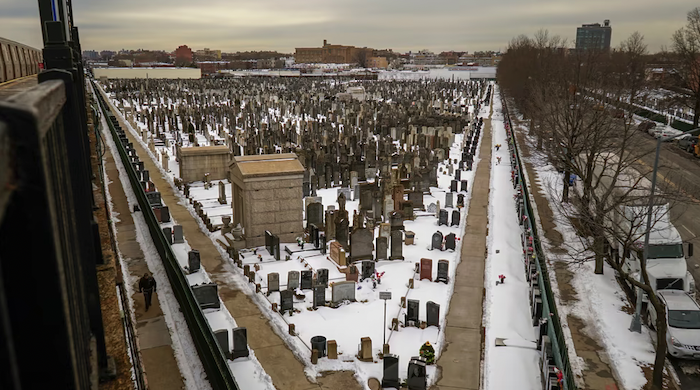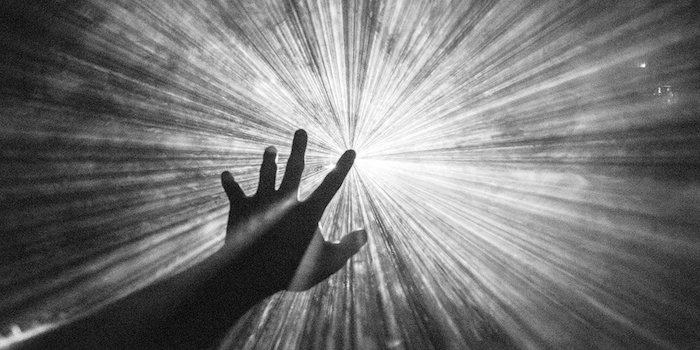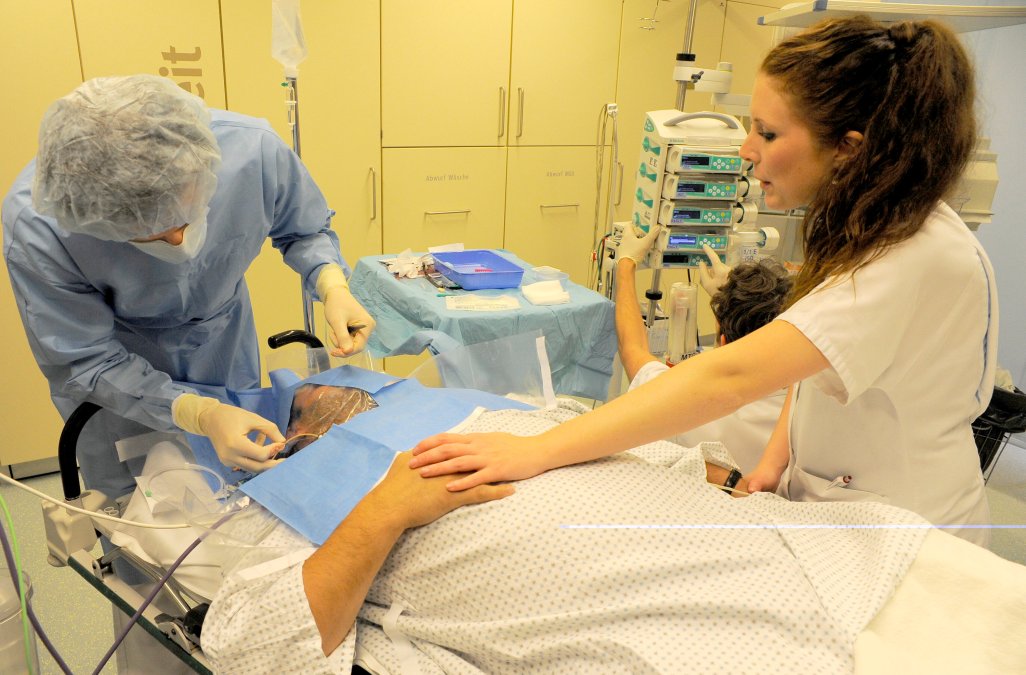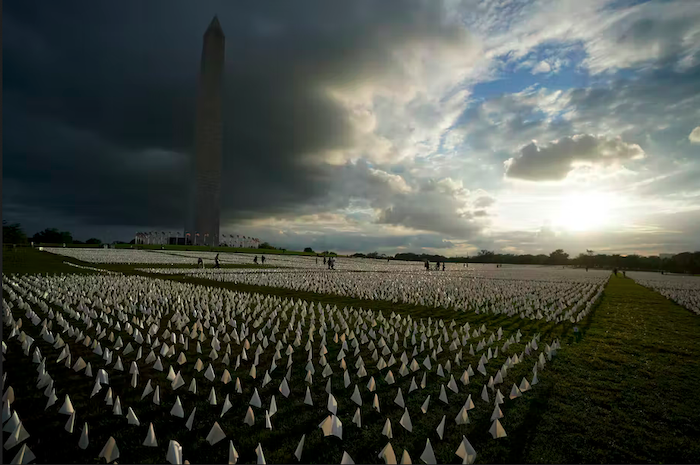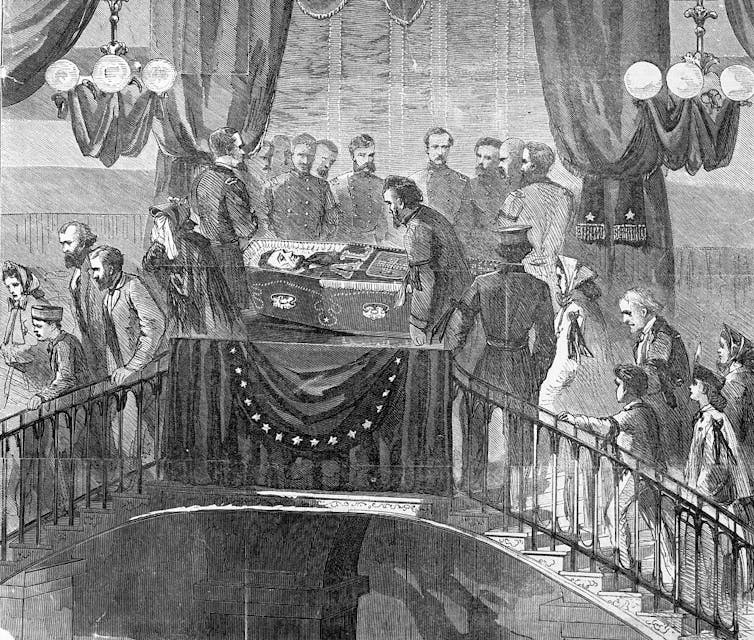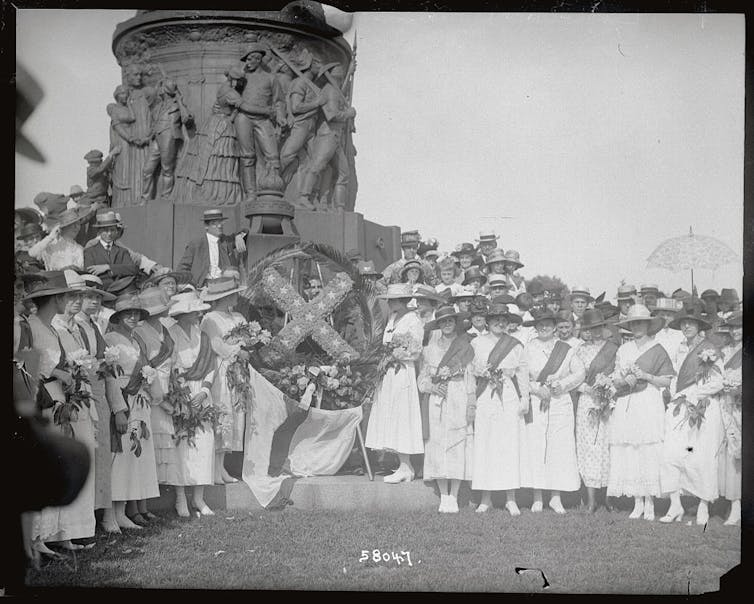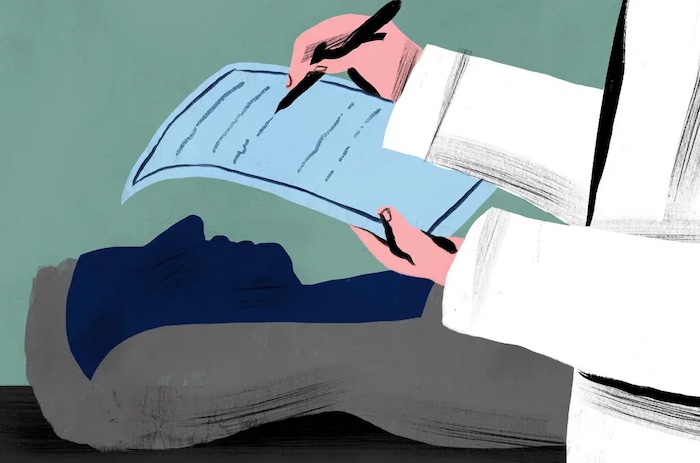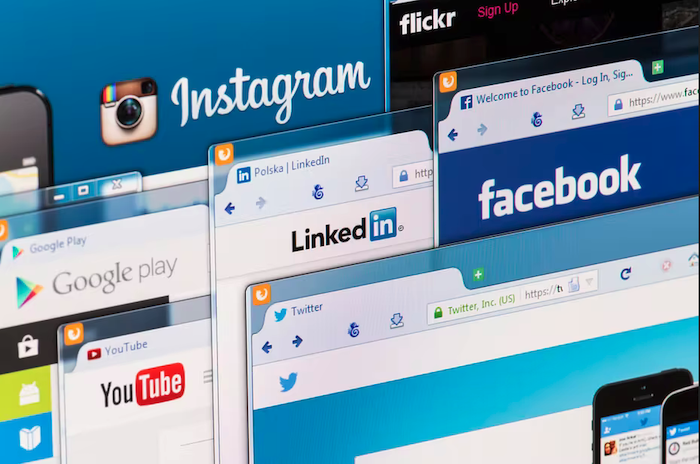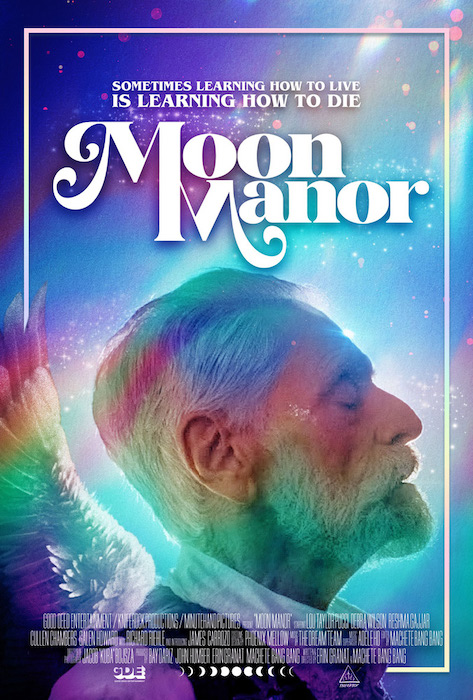It’s not just the pandemic. For citizens of a wealthy country, Americans of every age, at every income level, are unusually likely to die, from guns, drugs, cars, our bodies.
Last week, the National Center for Health Statistics alerted Americans to two facts about life and death in the U.S.
The first fact was sadly unsurprising: The coronavirus pandemic killed so many people that U.S. life expectancy fell from roughly 79 in 2019 to 76 in 2021—the largest two-year decline in nearly a century. The drop was sharpest among Native Americans and Alaska Natives, whose life expectancy fell to 65, close to the national average during World War II.
Life expectancy is perhaps the most important statistic on the planet, synthesizing a country’s scientific advances, policy errors, and social sins into a single number. The number is built on a weird hypothetical. The formula for life expectancy says: If Americans lived their entire life in one year—say, 2021—repeating it over and over again like an extended Groundhog Day experiment, how long would the typical person survive? It’s a useful exercise for the purpose of capturing one year’s conditions. But it imagines a life that nobody will ever live. U.S. life expectancy will almost certainly surge in 2022 and beyond, not only because the worst of the pandemic is over, but also because the disaster accelerated technology like mRNA vaccines that could raise life expectancy in future decades.
The second fact was perhaps more alarming: The U.S. fared worse in life expectancy than other high-income countries. While most of the developed world saw conditions improve in the second year of the pandemic, more Americans died of COVID after the introduction of the vaccines than before their invention.
Any explanation of this fact must begin with the American right’s bizarre rejection of the vaccines. During the Omicron wave, Americans were less likely to be vaccinated, less likely to be boosted, and significantly more likely to die of COVID than just about all peer nations. “People don’t think of blood-pressure medication as a political act, but due to the misinformation from some media and elected leaders, Americans saw vaccines as a political statement rather than a health decision,” says Joshua Sharfstein, a vice dean at the Johns Hopkins Bloomberg School of Public Health.
The American mortality mystery clearly goes much deeper than the pandemic, however. The U.S. suffers from a raft of local epidemics that have turned America into the death trap of the wealthy world.
Before the 1990s, average life expectancy in the U.S. was not much different than it was in Germany or the United Kingdom, as I’ve reported. But according to a paper comparing U.S. and European mortality, American babies are more likely to die before they turn 5; American teens are more likely to die before they turn 20; and American adults are more likely to die before they turn 65. “Europe has better life outcomes than the United States across the board, for white and Black people, in high-poverty areas and low-poverty areas,” says Hannes Schwandt, a Northwestern University economist and co-author of the paper. Despite our extraordinary wealth, innovation, and panoply of glittering appliances, Americans overall suffer from something like a lifelong death premium.
Some of the most immediate causes of America’s high death rate are guns, drugs, and cars. The U.S. has more guns and gun violence than any other rich country. We have more drug-overdose deaths than any other high-income country—both overall and on a per capita basis. Even before the pandemic, life expectancy in the U.S. declined for consecutive years in 2015 and 2016, largely because of the opioid epidemic and drug overdoses. The U.S. has a higher death rate from road accidents than Canada, Australia, Japan, South Korea, and the European Union. Even on a per-miles-driven basis, the U.S. still has a higher death rate than much of Europe.
So how can we fix the problem? In recent months, I’ve been researching an abundance agenda, and I can see at least two places where more abundance could, in a roundabout way, lead to more longevity: housing and preventative care. (I know, when all you have is a hammer, everything looks like a nail, but sometimes, nails really are everywhere.)
In the past few decades, the lack of housing in and near America’s most productive cities has pushed middle-class families farther away from the best-paying jobs. Among other things, this has increased commute times for people who drive to work. Americans are in their cars more than the citizens of any other OECD country, and the price of driving is paid in more than just vehicle deaths. The frequency of long commutes and the absence of walkable areas might explain why Americans are world leaders in the category of sitting on our butts. One pedometer analysis found that the typical American barely takes 5,000 steps a day. This was significantly fewer than residents of other countries in the study, including Australia (9,695 steps), Switzerland (9,650 steps), and Japan (7,168 steps).
When you combine all of this sitting with America’s array of calorie-dense food options, you get another feature of American exceptionalism: our obesity rates. At 40 percent among adults, the U.S. obesity rate is double the average of most European countries and eight times higher than Korea’s or Japan’s. Although the precise relationship between weight and health is contentious, the nonpartisan Commonwealth Fund has stated bluntly that America’s obesity levels are responsible for roughly one-fifth of deaths among American adults ages 40 to 85. One should neither reduce obesity to a function of walking nor reduce America’s sedentary lifestyle to its inability to build sufficient homes in and near urban areas. But more homes built near central business districts would likely reduce driving times and hopefully increase total aerobic activity.
If America’s housing shortage makes us less healthy, America’s doctor shortage ensures that treatable illnesses go unchecked and lead to more expensive cases. The U.S. has fewer general practitioners per capita than most rich countries, in part because our long and expensive medical education encourages doctors to become highly paid specialists. And along with this lack of affordable and accessible primary care, we have the highest rate of avoidable deaths of any rich nation. (Examples of the OECD’s definition of “avoidable” mortality include deaths related to alcohol, shootings, accidents, and influenza.) Expanding the number of primary-care physicians would reduce the chances of treatable conditions, such as moderate hypertension, blooming into costly maladies, such as heart disease.
This has all been quite gloomy, so let me end with two somewhat optimistic observations. The U.S. has world-class health care in some categories, such as cancer treatments. American men have the lowest rate of deaths from prostate cancer among rich countries, due in part to aggressive screening. And breast-cancer mortality rates are falling faster in the U.S. than in similar nations. These facts suggest that the U.S. is not utterly incompetent but rather selectively competent, and that if we refocus our health-care policies on certain tangible outcomes, we can improve quickly.
Another stunning fact is that immigrants to the U.S. live as long, or longer, than just about any group of people in the world. In fact, foreign-born Americans live so much longer than native-born Americans—seven years longer for men, and 6.2 years longer for women—that immigration alone accounted for roughly half of America’s total life-expectancy gains from 2007 to 2017.
What’s this about? Maybe self-selection bias among immigrants makes them more conscientious than the typical native-born American. Maybe they are more likely to move to urban areas, like New York City, that have more walking, less smoking, and generally healthier behaviors. Maybe some combination of foreign-born habits and U.S. health-care coverage is a good formula for a long life. I truly don’t know. But I’d like to.
America’s unusually high mortality rate is our national shame. It ought to be our national obsession.
Complete Article ↪HERE↩!

